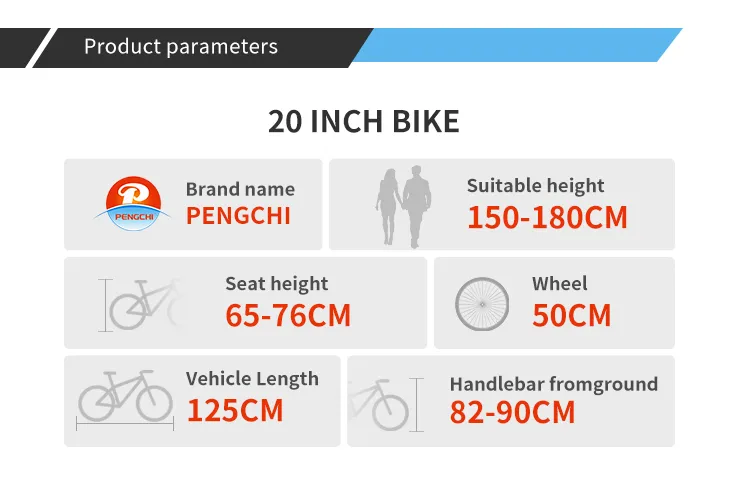
-
 Afrikaans
Afrikaans -
 Arabic
Arabic -
 Belarusian
Belarusian -
 Bengali
Bengali -
 Bulgarian
Bulgarian -
 Croatian
Croatian -
 Czech
Czech -
 Danish
Danish -
 Dutch
Dutch -
 English
English -
 Finnish
Finnish -
 French
French -
 German
German -
 Greek
Greek -
 hawaiian
hawaiian -
 Hebrew
Hebrew -
 Hindi
Hindi -
 Hungarian
Hungarian -
 Indonesian
Indonesian -
 irish
irish -
 Italian
Italian -
 Japanese
Japanese -
 Javanese
Javanese -
 kazakh
kazakh -
 Khmer
Khmer -
 Korean
Korean -
 Kyrgyz
Kyrgyz -
 Lao
Lao -
 Latin
Latin -
 Luxembourgish
Luxembourgish -
 Malay
Malay -
 Myanmar
Myanmar -
 Norwegian
Norwegian -
 Persian
Persian -
 Polish
Polish -
 Portuguese
Portuguese -
 Romanian
Romanian -
 Russian
Russian -
 Serbian
Serbian -
 Slovak
Slovak -
 Somali
Somali -
 Spanish
Spanish -
 Swedish
Swedish -
 Tagalog
Tagalog -
 Thai
Thai -
 Turkish
Turkish -
 Turkmen
Turkmen -
 Ukrainian
Ukrainian -
 Uighur
Uighur -
 Vietnamese
Vietnamese
Oct . 19, 2024 01:53 Back to list
BMX Bikes vs Mountain Bikes Which is Better for Your Riding Style
BMX vs. Mountain Bike A Comprehensive Comparison
When it comes to cycling, two popular bike styles often come to mind BMX and mountain bikes. Each offers a distinct riding experience, catering to different preferences and riding environments. Understanding the differences between these two types can help riders choose the right bike for their needs.
Origins and Design
BMX (Bicycle Motocross) emerged in the early 1970s in California, inspired by motocross racing. These bikes are designed for sprinting on dirt tracks, performing tricks, and navigating tight spaces. They typically feature a lightweight frame, 20-inch wheels, and a single gear, which allows for bursts of speed and maneuverability. The emphasis on strength and balance is critical, making BMX bikes exceptionally durable and able to withstand the rigors of tricks and jumps.
Conversely, mountain bikes originated in the late 1970s as riders sought to traverse rugged terrains and trails. These bikes are characterized by their larger, thicker tires that provide better traction on rough surfaces. Mountain bikes often come equipped with both front and rear suspension systems to absorb shocks from obstacles like rocks and roots. The frame geometry is designed for stability and control during descents, allowing for a more comfortable ride over uneven terrain.
Riding Style and Environment
The riding styles associated with BMX and mountain biking are vastly different. BMX biking is predominantly performed in parks, vert ramps, and dirt tracks. Riders engage in a variety of tricks and stunts, including jumps, grinds, and flips. The focus is on agility, balance, and creativity. Competitions, such as freestyle BMX events, showcase riders' skills in performing tricks. Because of the bike’s design, BMX riders must possess excellent bike handling skills to perform stunts safely and effectively.
Mountain biking, on the other hand, emphasizes endurance and exploration. Riders navigate through forests, mountains, and rugged terrains, often spending long hours on the trails. The various disciplines of mountain biking, such as cross country, downhill, and enduro, highlight the versatility of mountain bikes. Riders experience the thrill of racing downhill, climbing steep inclines, and enjoying the natural scenery around them. The technical aspects of mountain biking can be quite challenging, as riders must manage speed, momentum, and bike control while dealing with obstacles.
bmx vs mountain bike

Speed and Performance
In terms of speed, BMX bikes excel in short bursts and acceleration. Their lightweight frames and compact design allow riders to quickly gain speed, crucial for jumps and tricks. However, they are less suited for long-distance riding or off-road conditions, primarily due to their single gear setup.
Mountain bikes shine when it comes to varied terrain and longer rides. Equipped with multiple gears, they enable riders to shift easily between challenging inclines and flat surfaces. The robust construction and advanced suspension systems provide stability and comfort, making them ideal for extended outdoor adventures. The additional weight of mountain bikes, compared to BMX bikes, is offset by their ability to tackle more diverse terrain effectively.
Cost and Maintenance
When considering cost, BMX bikes generally tend to be more affordable than mountain bikes. The simpler design and materials typically translate to lower prices. Maintenance for BMX bikes is also relatively minimal due to fewer moving parts. However, frequent use for tricks can lead to wear and tear, necessitating regular inspections and repairs.
Mountain bikes, while generally more expensive due to advanced technologies (like suspension systems), require regular maintenance to ensure optimal performance. Components such as brakes, gears, and tires need to be checked frequently to handle the rigors of off-road riding.
Conclusion
Both BMX and mountain biking offer exciting and unique experiences for cyclists, but they cater to different interests and styles. BMX is perfect for those drawn to tricks and speed on flat surfaces, while mountain biking appeals to those who love nature and adventure on rough terrains. Ultimately, the choice between a BMX bike and a mountain bike boils down to personal preference, riding style, and the kind of experience one seeks. Whether you choose the thrill of BMX or the rugged exploration of mountain biking, both paths offer a deep connection to the cycling community and a fantastic way to enjoy the great outdoors.
-
Top Kids Bike with gpt-4-turbo AI for Safe Rides
NewsAug.02,2025
-
Premium Titanium Road Bike: Lightweight & Durable
NewsAug.01,2025
-
Red Black BMX Bike with GPT-4-Turbo AI Tech
NewsJul.31,2025
-
New Red Anti-theft E-Bike | Easy Ride City Commuter
NewsJul.31,2025
-
BMX 20 Inch Bikes for Freestyle & Street | Fat Tire Options Available
NewsJul.30,2025
-
322 High Quality 26 Inch 21 Speed Adult Mountain Bike OEM MTB
NewsJul.29,2025

